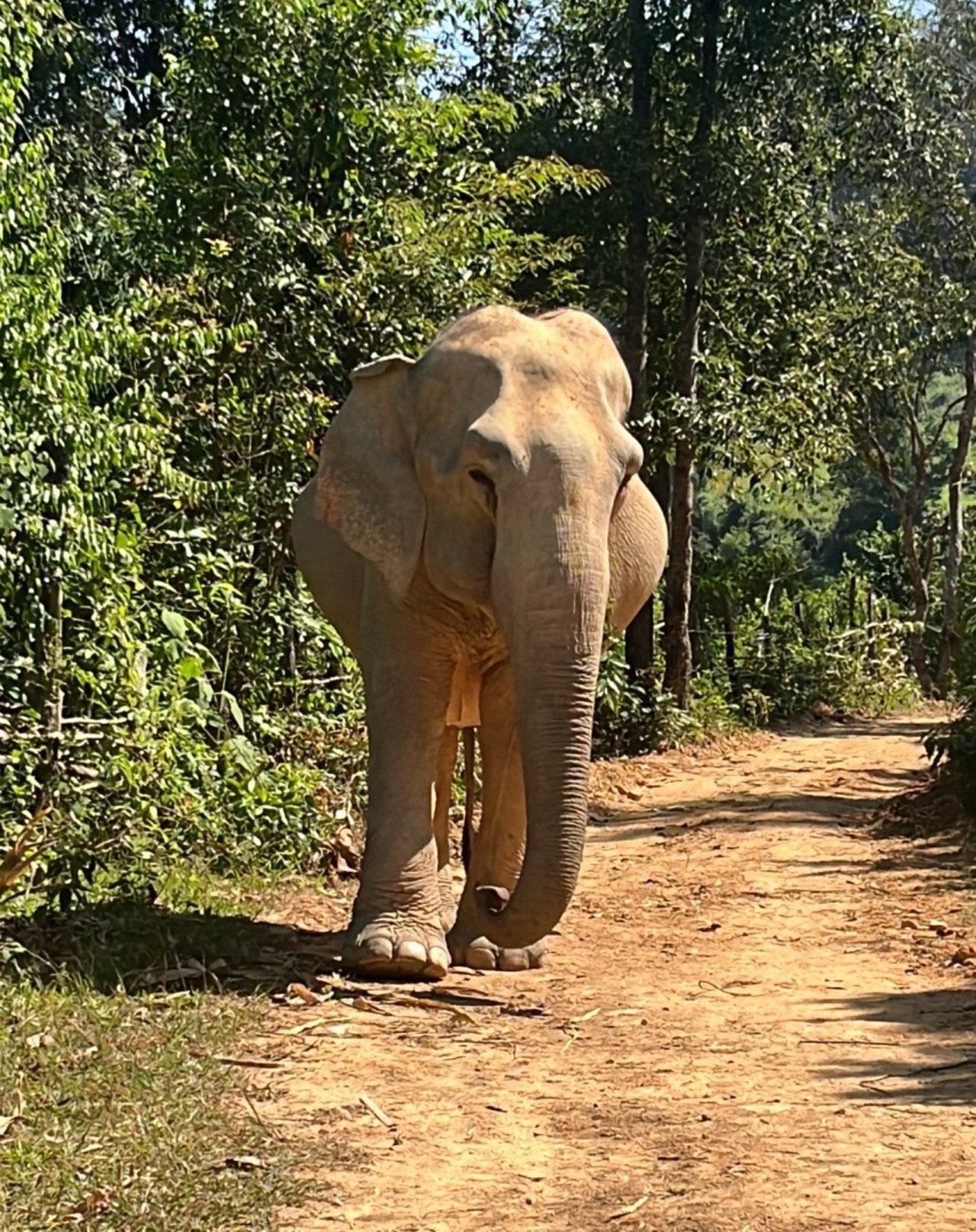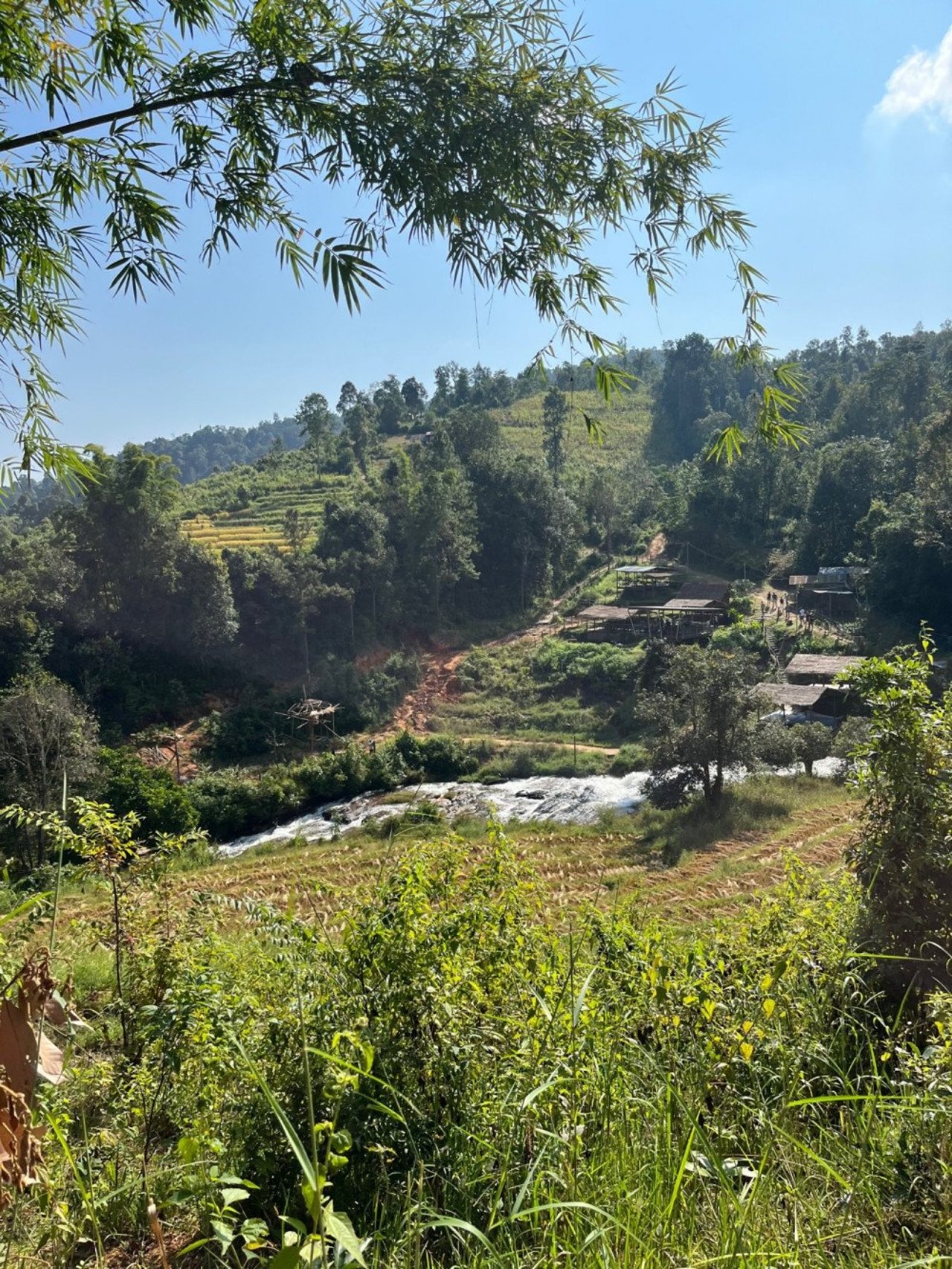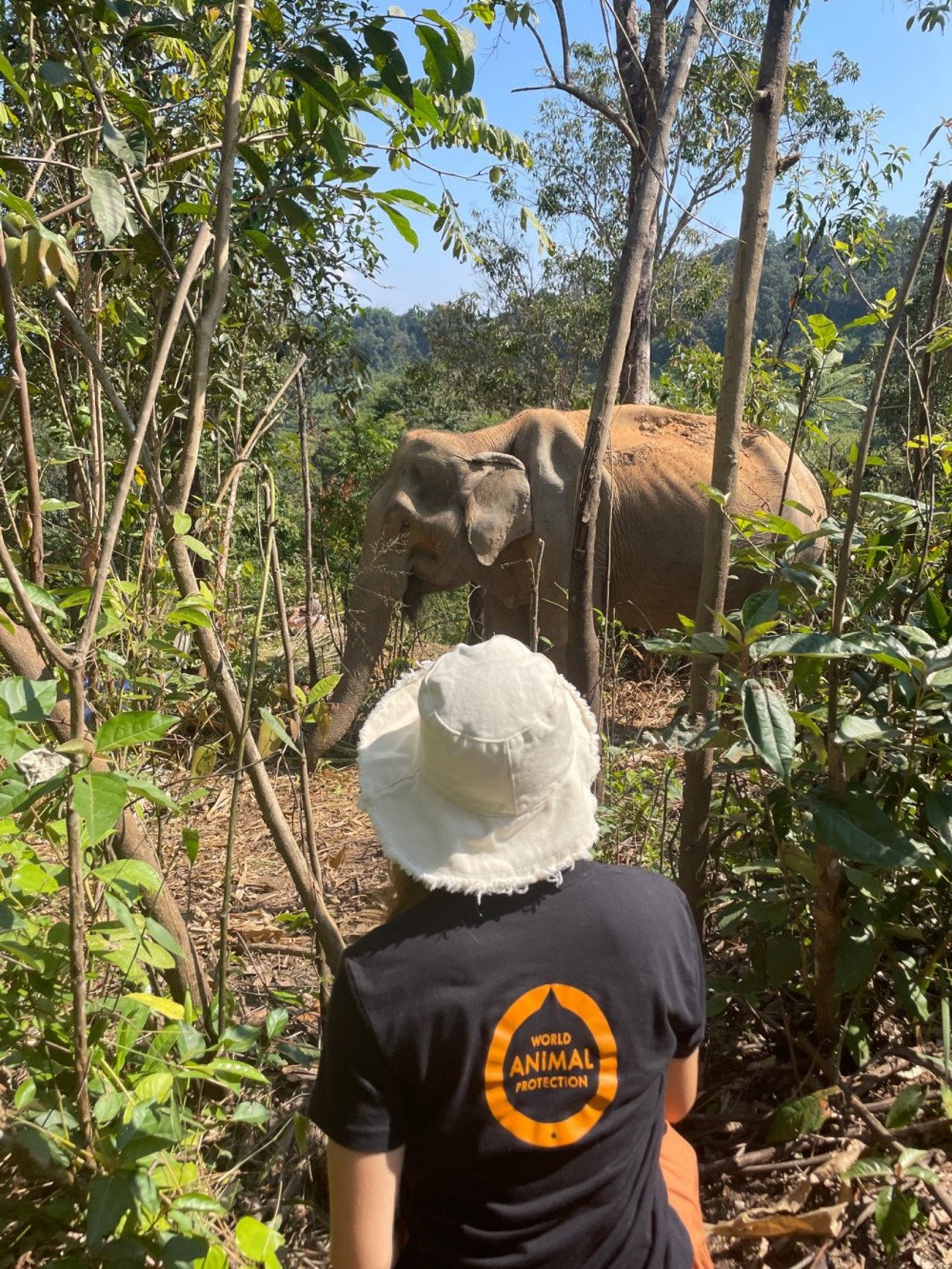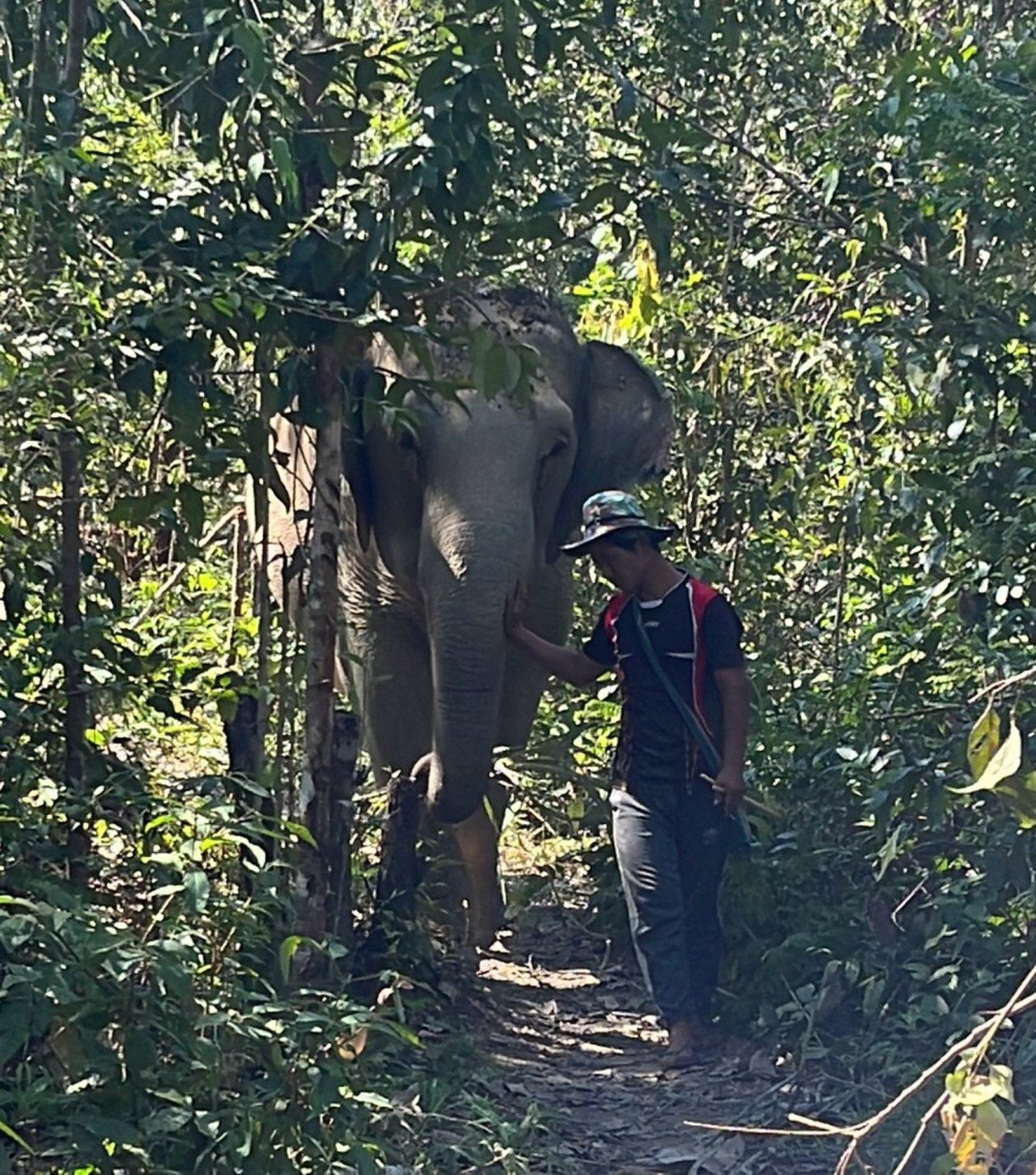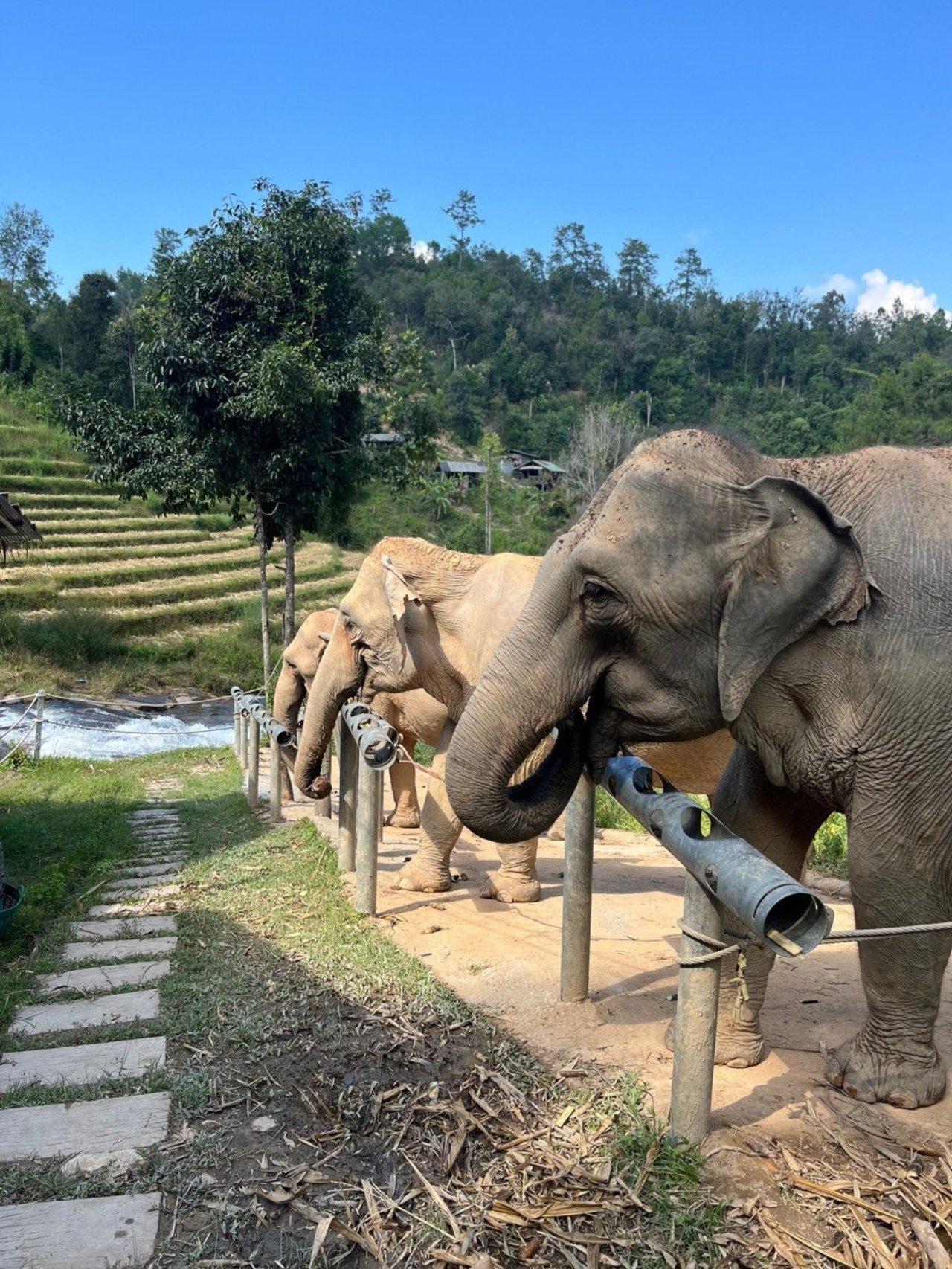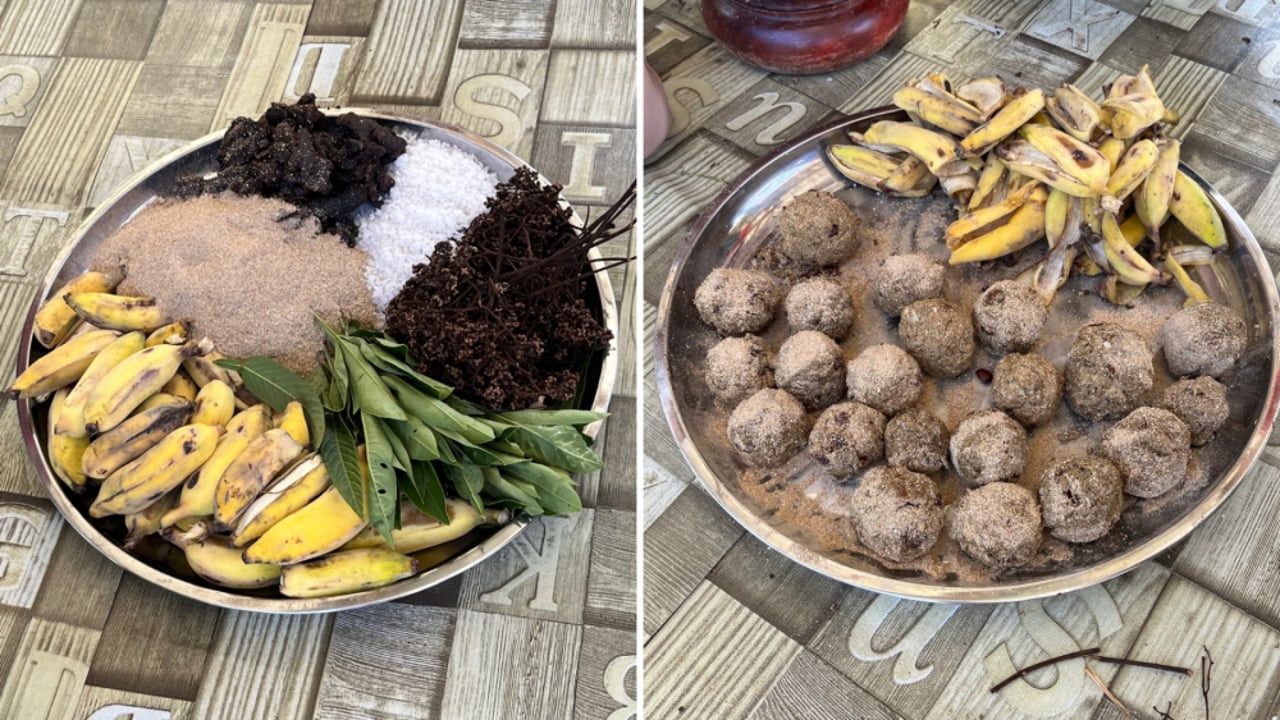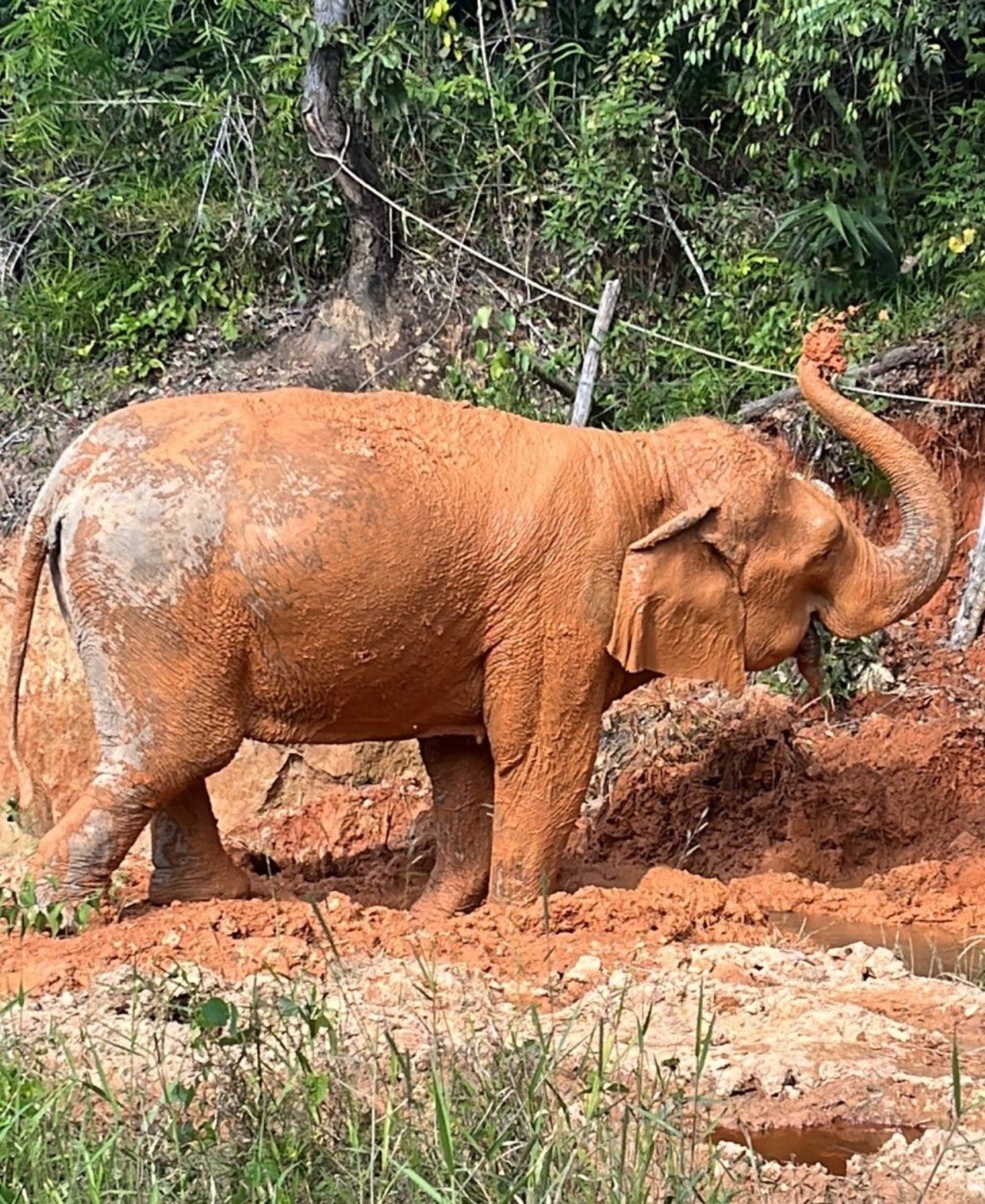
Take a look inside ChangChill elephant sanctuary in Chiang Mai, Thailand.
Have you ever dreamed of seeing an elephant up close? I certainly have, but like many other animal welfare advocates, I avoid visiting zoos and other animal entertainment venues, where the animals are often denied the ability to participate in their natural behaviors, kept in cruel conditions, and forced to interact with humans.
Fortunately, ethical elephant sanctuaries like ChangChill, a World Animal Protection-sponsored sanctuary founded in 2017 in Chiang Mai, Thailand, provides an incredible opportunity to marvel at the beauty of elephants, learn about their histories, lifestyles, and needs, and support the fight to end wild animal entertainment by giving previously abused elephants the life they deserve.
I was lucky enough to have the chance to visit ChangChill, where elephants rescued from the animal entertainment industry now live peacefully in the forests of Thailand. Read on for my experience!
A Walk With Gentle Giants
My full day at ChangChill began by trekking up through the mountains of Chiang Mai to reach the sanctuary—these elephants occupy a vast area of space that’s free from intruding roadways, and although it’s a hike, it’s entirely worth it!
Along the way, we gathered various herbs for use in making the elephants’ vitamin supplements (more on that later).
Once we reached the sanctuary, our “elephant walk” began! Unlike other venues that may goad elephants into tourist-occupied spaces, ChangChill identifies where exactly in the forest each elephant has chosen to graze and brings you to them. Four female Asian elephants currently reside at ChangChill:
- Mae Mun, currently 62 years old (her name means “Strong Mother”)
- Mae Gonghae, currently around 50 years old, and her now 33-year-old daughter, Mae Mayura
- Mae Too, currently 38 years old and the matriarch of the group
All of these elephants began their lives exploited by the logging and tourism industries, forced to pull wood from the forests and carry tourists on their backs as taxi elephants. During our elephant walk, we learned more fascinating facts about these gentle giants—for example, did you know that elephants can only see blue and yellow colors, can eat 10% of their body weight, and only sleep 3-4 hours with the rest of their time spent mostly eating? While I’ve accumulated knowledge about elephants over the years, learning about them while being in their presence and watching their behavior in real-time is extra special.
Observing Mae Mun chowing down.
One of the ways ChangChill differs from other elephant sanctuaries is that the sanctuary staff ensured that we always kept a safe distance from the elephants and were not allowed to touch or interact with them. ChangChill also took the temperament and personalities of each elephant into consideration—for instance, we were instructed to keep further away from Mae Gonghae and her daughter Mae Mayura because Mae Gonghae lost one of her babies earlier in her life, and is now understandably extremely protective of Mae Mayura.
During our elephant walk, we also saw each elephant’s mahout, or designated caretaker. Each elephant has their own mahout, and some were even second-generation, taking the place of their elders after retirement. These mahouts are finely attuned to the behaviors and unique personalities of the elephants they care for and are responsible for ensuring that the elephants remain safe, happy, and comfortable.
Mae Gonghae with her mahout. Her daughter, Mae Mayura, was close behind.
Eat Like an Elephant
Once our elephant walk ended, we prepared the elephants’ food for the day. Elephants are naturally herbivorous, feasting on a variety of plants, bark, and fruit. Before entering the sanctuary, we were required to leave behind any food we were carrying in our bags because the elephants are known to sniff it out and help themselves!
During the elephant walk, we saw each elephant grazing on large chunks of plants, tree bark, and leaves, but ChangChill takes the extra step of providing mental enrichment for the elephants through feeding tubes—long cylindrical tubes with cutouts that require the elephants to utilize their strong trunks to eat.
We filled each feeding tube with chunks of sugar cane, then watched the elephants joyfully chow down on one of their favorite snacks!
Remember when we gathered herbs on the hike to the sanctuary? These herbs were for use in the vitamin balls that the elephants get fed every day. The vitamin balls are a special snack that ensures the elephants remain healthy, and we had the chance to prepare a batch!
In addition to herbs (some of which are native to Thailand and unfortunately don’t have a US counterpart), the vitamin balls are packed with banana, rice bran, tamarind, and sea salt—the salt incentivizes the elephants to drink plenty of water and remain hydrated in the hot climate.
While the elephants ate, we did too! Just like the elephants, ChangChill served us a delicious plant-based Thai lunch.
Mud Is Magic
To close out the day, we were lucky enough to witness an elephant mud bath! ChangChill doesn’t force the elephants to bathe in water, so most of them only water bathe every few years—their preferred medium is mud! Mud serves an important purpose for several wild animals, acting as a natural sunscreen and skin protectant. We watched Mae Too bathe in the mud for nearly an hour—splashing and scratching and having the best time. It was so special to observe an elephant enjoying something that seems so simple to us, but so necessary for their wellbeing.
Mae Too enjoying a mud bath.
Experience Elephants Ethically
Unfortunately, sanctuaries across the world are not meticulously regulated for their conditions and treatment of the animals they care for. The Global Federation of Animal Sanctuaries (GFAS) is a great resource to find ethical animal sanctuaries worldwide, as well as our animal-friendly travel guide.
If you’re visiting Thailand, I highly recommend ChangChill for an ethical and amazing elephant viewing experience. You can also check out another World Animal Protection-sponsored Thai elephant sanctuary, Following Giants in Koh Lanta.
Although these beautiful elephants are now able to live the rest of their lives in the peace and comfort they deserve, many elephants and other wild animals are still forced to participate in the cruel animal entertainment industry as photo props, performers, and transportation. Take World Animal Protection’s Wildlife. Not Entertainers pledge to avoid venues that exploit animals.
